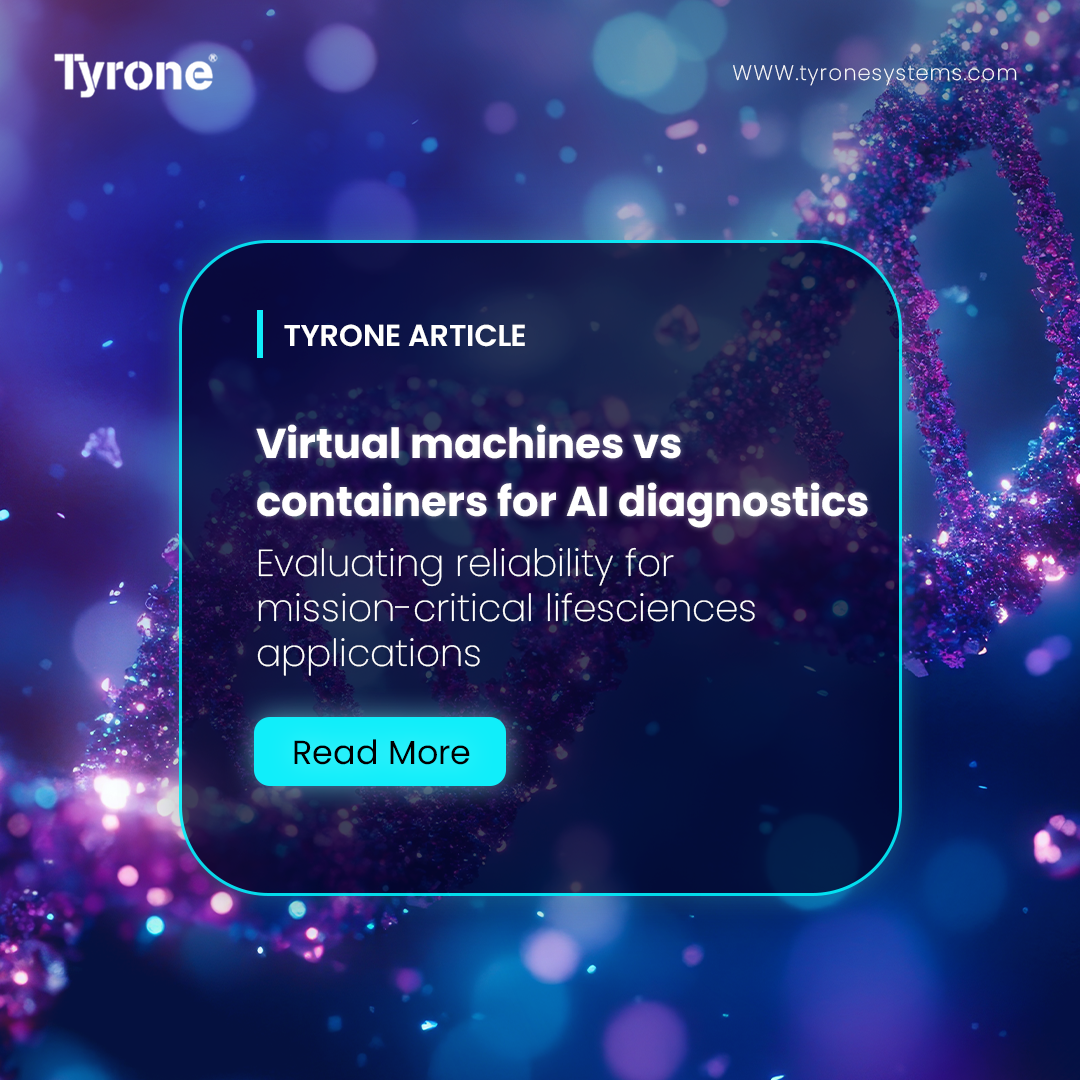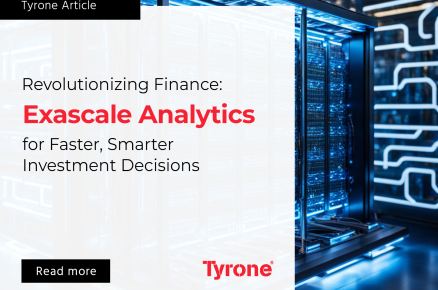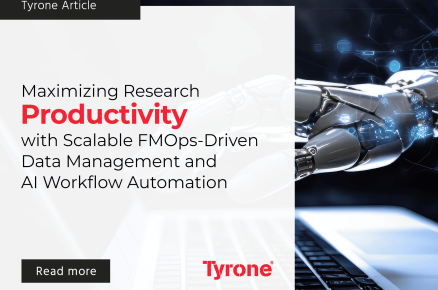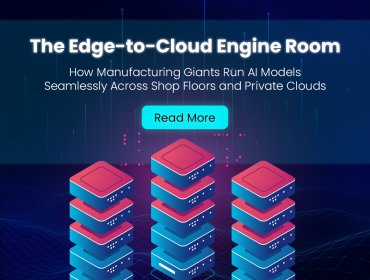In mission-critical life sciences settings, such as AI-driven diagnostic pipelines in pathology, genomics, or Medical Imaging, the choice of underlying compute infrastructure (virtual machines vs. containers) is not merely an operational decision. It can directly impact reliability, regulatory compliance, reproducibility, performance and ultimately patient safety. This article examines how the two approaches compare across key dimensions relevant to stakeholders responsible for clinical-grade AI diagnostic systems.
1. The Infrastructure Imperative in AI Diagnostics
AI diagnostics in life sciences increasingly demands ultra-high availability, deterministic behaviour (including latency and throughput), robust isolation, and reproducibility of results. According to a recent industry report, the global AI market in life sciences is projected to reach US $16.49 billion by 2034, with diagnostic tools being a significant component. (Source: EY “Artificial Intelligence at the helm: Revolutionizing life sciences sector”, 2025)
Given that context, infrastructure decisions must address:
- Isolation and stability: Can the runtime ensure that one workload cannot interfere with another?
- Performance and latency: Can the platform deliver consistent low latency and deterministic throughput under load?
- Regulatory reproducibility: Can deployments be versioned, audited and validated?
- Operational resilience: Can updates, scaling, and migrations occur without disrupting diagnostic services?
Choosing between a full-guest OS virtual machine (VM) architecture and container-based deployments is thus a strategic decision, not just a DevOps convenience.
2. Architectural Overview and Implications
At a high level:
- A VM abstracts hardware via a hypervisor and hosts a full guest OS. This provides strong isolation but carries overhead in boot time, resource consumption and management.
- A container shares the host OS kernel and runs isolated user-space environments. It is lightweight, fast to deploy, efficient in resource usage, but inherits the host kernel’s security/trust boundary and may offer weaker isolation.
The implications for AI diagnostics:
- VMs may better satisfy high-isolation, regulatory-audit and legacy OS requirement scenarios.
- Containers deliver agility, rapid scaling and efficient use of resources, which is beneficial when analytical workloads must spin up/tear down quickly or share infrastructure.
3. Performance, Throughput & Determinism
For diagnostics systems (for example image-based AI inference pipelines, genomics assembly, or streaming lab-automation analytics) performance determinism matters. Studies show:
- In one benchmark comparing a variety of configurations for scientific workloads, containers incurred up to ~13 % performance overhead compared to bare-metal versus ~17 % for VMs. (Source: Shah et al., “Benchmarking and Performance Evaluations on Various Configurations of Virtual Machine and Containers for Cloud-Based Scientific Workloads”, Applied Sciences, 2021)
- Another comparative study found that for read/write latency in big-data/micro-benchmark scenarios, containers showed ~7 ms versus VMs ~10-11 ms under similar loads. (Source: Simform blog citing Swedish/Italian joint study)
For diagnostics:
- Lower and more consistent latency means faster decision cycles (crucial when a diagnosis must be delivered in real time or near-real time).
- The lighter overhead of containers means faster spin-up, enabling burst scale for e.g., high-throughput screening in genomic pipelines.
- However, one must also account for potential “noisy neighbour” effects, resource contention, or variability introduced by shared-kernel container platforms, which can compromise determinism if not architected carefully.

4. Isolation, Security & Compliance
Life sciences diagnostics often operate under stringent regulatory frameworks (e.g., FDA SaMD, EU IVDR, ISO 13485) and require documented audit trails, reproducibility and secure isolation.
- VMs, by virtue of full OS isolation plus hypervisor separation, provide a stronger isolation boundary. This often eases compliance in environments where complete separation of workloads or strict OS versioning is required.
- Containers share the host kernel which means if the kernel is compromised, all containers may be at risk; there have been studies addressing log-isolation and other leakage in containers.
From a stakeholder perspective:
- If your diagnostics deployment handles patient-identifiable data, requires strict segregation of workloads (e.g., separate clinical vs research) or must satisfy legacy OS or certification-driven isolation, VMs may be the safer default.
- If you architect with hardened container runtime + namespace isolation + orchestration best practices + secure supply-chain, containers can meet regulatory demands, but the governance model must be strong.
5. Reproducibility, Lifecycle & Audit-Readiness
A key requirement for AI diagnostics is reproducibility: the ability to re‐run the same model, same workflow, same infrastructure, and obtain identical behavior over time, important for audit/regulation and patient safety.
- VMs support snapshotting of the full OS–application stack including kernel; this gives a stable baseline for repeatable certification and audit.
- Containers support immutable images, versioned deployments and rapid roll-back, offering operational agility, but they depend on the host OS kernel remaining consistent, which may undermine full reproducibility if host kernel changes.
For stakeholders: if the deployment is expected to undergo regulatory certification (e.g., a certified diagnostic device), prefer an infrastructure model that retains a fixed stack (kernel, libraries, OS, container runtime). That often points to VM or locked-host/container combination. If you’re in a research/near-clinical stage and need agility, containers may be beneficial, provided you log and version everything.
6. Scalability, Operations & Cost Efficiency
Diagnostic workloads may need burst capacity (e.g., large-scale screening) or continuous throughput (e.g., 24×7 digital pathology).
- Containers excel in high-density, high-utilization environments: they boot faster, use less memory, and enable more workloads per host.
- VMs incur overhead (guest OS, full kernel, hypervisor). For legacy diagnostic applications (that expect monolithic architectures or full OS capabilities) they may be the only option.
However: cost efficiency should never trump reliability in the life-sciences context. If rapid scale comes at the expense of variable latency or weaker isolation, that is a risk for patient-safety workflows.
7. Hybrid & Layered Approaches: Best-of-Both Worlds
Increasingly, organisations deploy a hybrid model: use VMs as secure host bases, then run containers inside them (or run sensitive workloads in VMs and less-critical workloads in containers). From a benchmark perspective, studies of containers running on VMs are emerging
This approach allows:
- The strong isolation and auditability of VMs
- The agility and density of containers
- The ability to segment mission-critical workflows into a VM boundary, then flex containerised microservices inside.
For a diagnostic stack:
- Use a VM image with fixed OS/kernel, validated stack; host your AI inference container workload inside.
- Ensure each container image is versioned, registered, immutable, scanned for vulnerabilities, and the host VM is locked down.
- Orchestrate scaling via container orchestration but anchored within the VM isolation envelope.
8. Decision Framework: What Should Stakeholders Ask?
When evaluating infrastructure for AI-diagnostics, stakeholders should probe:
- Workload criticality: Is this patient-impacting diagnostic workflow? If yes, favour higher isolation (VMs or certified container hosts).
- Latency/throughput needs: Are sub-millisecond or deterministic latencies required? If yes, benchmark containers vs VMs under realistic conditions.
- Regulatory/audit requirements: Do you need certified device status or must preserve an immutable stack? If yes, VMs or locked container hosts.
- Operational agility vs stability: Do you require fast iteration (model retraining, new dataset roll-out) and bursts of scale? If yes, containers have advantage, with governance.
- Security & isolation stance: Does workload share host with other tenants? Are you comfortable with kernel-sharing? If not, use VMs or hardened container host with kernel isolation.

9. Conclusion
In the context of mission-critical life sciences AI diagnostics, the infrastructure decision between VMs and containers must be treated as a strategic risk-and-opportunity trade-off. Containers deliver agility, cost-efficiency, high density and rapid scaling, but come with caveats around isolation, kernel dependency and reproducibility. VMs provide a more conservative, robust boundary with stronger isolation and audit-readiness, but with higher cost, slower provisioning and potentially less flexibility.
The optimal path for organisations is often a layered architecture: a validated VM foundation for core diagnostic workflows, with containerised micro-services inside, coupled with rigorous versioning, monitoring, and governance. Stakeholders must align the infrastructure selection with clinical-impact tolerance, regulatory exposure, performance demands and operational cadence.Ultimately, in a life sciences diagnostics context where patient outcomes and regulatory compliance are front-and-centre, infrastructure is not merely a cost centre, it is a foundational pillar of trust, reproducibility and reliability.












